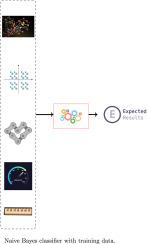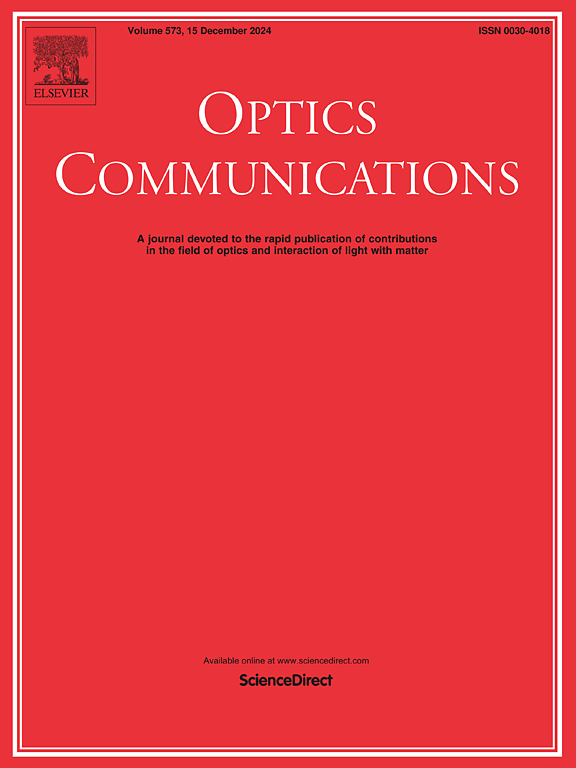用于光网络传输质量估计的深度学习技术
IF 2.2
3区 物理与天体物理
Q2 OPTICS
引用次数: 0
摘要
最近,大量研究都在探讨如何利用深度学习估算光网络的传输质量(QoT)。本文讨论了光路的传输质量,以利用深度学习算法设计光纤通信和网络。对于先进的光纤通信和网络,我们需要不同的主要估计参数,即调制格式、波特率和码率。目前,未指定光路的传输质量取决于不同的估算技术,即 (1) 估算物理层损伤(PLIs)的分析模型和 (2) 边际公式。本文重点介绍可应用于优化和复杂系统的深度学习技术。深度学习算法包含不同的分类器,可模拟结果并估算具有阈值、流量和调制格式的未指定光路的误码率和信噪比。我们必须使用韩国网络拓扑结构对各种分类器和分类特征的数据集进行训练和测试。分类器准确率和 ROC 曲线下面积(AUC)模拟结果使用 MATLAB 进行计算。本文章由计算机程序翻译,如有差异,请以英文原文为准。

Deep learning techniques for quality of transmission estimation in optical networks
A large body of research has recently examined the estimation of the quality of transmission (QoT) in optical networks with deep learning. This paper discusses a lightpath’s quality of transmission to design fiber-optic communication and networks using deep learning algorithms. We need different major estimation parameters for advanced optical fiber communication and networks, i.e., modulation formats, baud rate, and code rate. Currently, the quality of transmission for unspecified optical paths depends on different estimation techniques i.e., (1) analytical models estimating physical layer impairments (PLIs) and (2) margined formulas. This paper focuses on deep-learning techniques that can be applied to optimization and complex systems. The deep learning algorithms contain different classifiers that can simulate results and estimate the bit-error rate, and signal-to-noise ratio of unspecified optical paths with threshold values, traffic volume, and modulation format. We must train and test the datasets for various classifiers, and classification features using Korean network topology. The classifier accuracy and Area Under the ROC Curve (AUC) simulation results are carried out using MATLAB.
求助全文
通过发布文献求助,成功后即可免费获取论文全文。
去求助
来源期刊

Optics Communications
物理-光学
CiteScore
5.10
自引率
8.30%
发文量
681
审稿时长
38 days
期刊介绍:
Optics Communications invites original and timely contributions containing new results in various fields of optics and photonics. The journal considers theoretical and experimental research in areas ranging from the fundamental properties of light to technological applications. Topics covered include classical and quantum optics, optical physics and light-matter interactions, lasers, imaging, guided-wave optics and optical information processing. Manuscripts should offer clear evidence of novelty and significance. Papers concentrating on mathematical and computational issues, with limited connection to optics, are not suitable for publication in the Journal. Similarly, small technical advances, or papers concerned only with engineering applications or issues of materials science fall outside the journal scope.
 求助内容:
求助内容: 应助结果提醒方式:
应助结果提醒方式:


